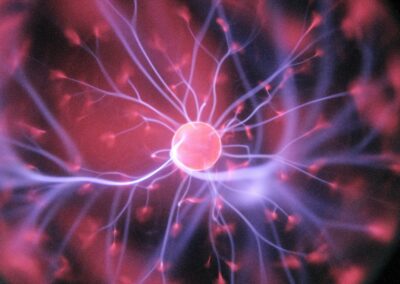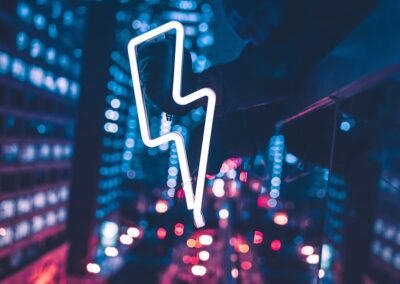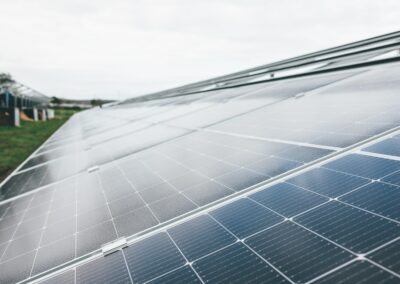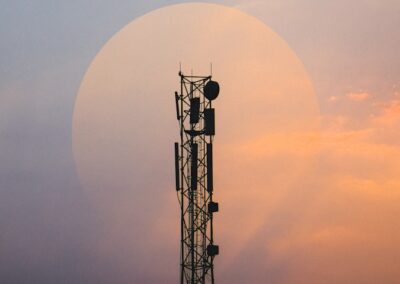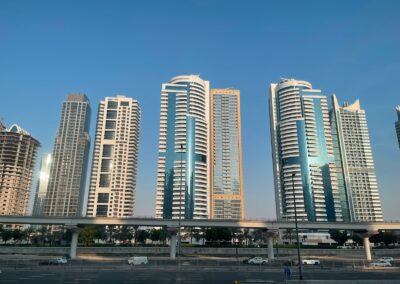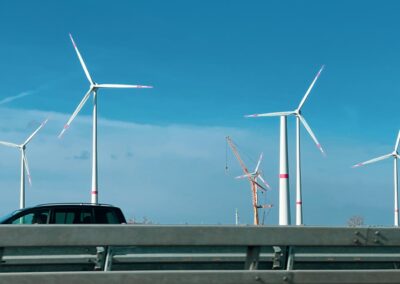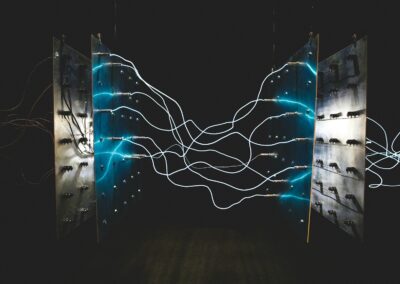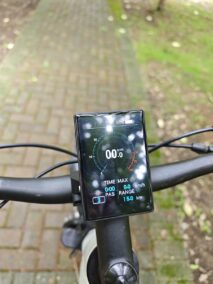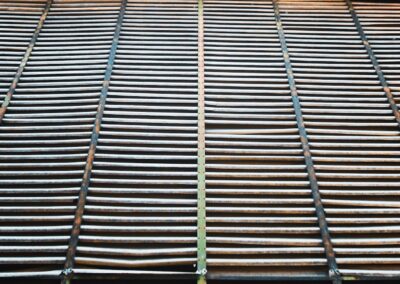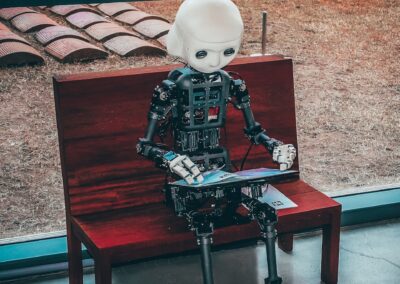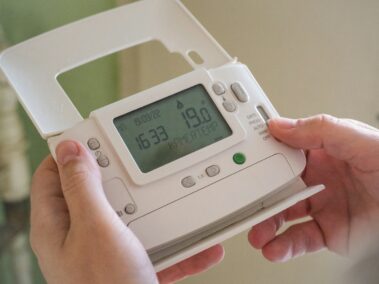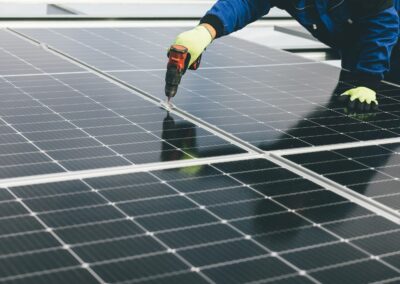How Digital Twins Optimize Resource Distribution and Consumption
Introduction to Digital Twins and Smart Energy Systems
Digital twins for smart energy systems represent a groundbreaking approach in the realm of energy management, revolutionizing the way resources are distributed and consumed. These advanced digital models offer a virtual representation of physical energy systems, enabling real-time monitoring, analysis, and optimization. By integrating digital twins, businesses and cities in Saudi Arabia, the UAE, and particularly in dynamic hubs like Riyadh and Dubai, can significantly enhance their energy efficiency and sustainability.
The concept of digital twins involves creating a comprehensive virtual model that mirrors a physical system. This model leverages real-time data from sensors and other inputs to simulate the behavior of the physical system under various conditions. In the context of smart energy systems, this means that digital twins can provide insights into how energy is distributed across the grid, how resources are utilized, and how consumption patterns evolve. This level of detailed analysis is crucial for optimizing energy management and ensuring that resources are used efficiently.
In regions where energy demand is high and sustainability goals are paramount, such as in the UAE and Saudi Arabia, the adoption of digital twins can lead to significant advancements. By using these digital models, energy providers can better manage supply and demand, reduce wastage, and integrate renewable energy sources more effectively. This optimization not only contributes to the overall efficiency of the energy system but also aligns with broader sustainability objectives.
Optimizing Energy Distribution through Digital Twins
One of the primary benefits of digital twins for smart energy systems is their ability to optimize energy distribution. By providing a detailed and real-time view of the energy grid, digital twins enable operators to make more informed decisions about how to allocate resources and manage energy flow. This capability is particularly valuable in regions with rapidly growing populations and increasing energy demands, such as Riyadh and Dubai.
In practice, digital twins allow energy managers to simulate various scenarios and predict how different factors will affect energy distribution. For example, if there is a sudden increase in demand in a particular area, digital twins can help determine the best way to redirect resources from other parts of the grid to meet this demand. This dynamic approach to energy distribution helps prevent outages, reduces the risk of overloading, and ensures that energy is delivered where it is needed most.
Furthermore, digital twins support the integration of renewable energy sources by providing insights into how these sources can be effectively incorporated into the existing grid. By simulating the impact of solar, wind, or other renewable sources on the energy system, digital twins help operators optimize their usage and ensure a balanced and stable supply of energy. This capability is crucial for achieving sustainability goals and reducing reliance on fossil fuels.
Enhancing Resource Consumption Efficiency with Digital Twins
Beyond optimizing energy distribution, digital twins also play a vital role in improving resource consumption efficiency. By analyzing real-time data on energy usage, digital twins help identify patterns and areas where resources can be used more effectively. This approach not only reduces waste but also enhances the overall efficiency of the energy system.
In cities like Dubai and Riyadh, where there is a strong focus on smart city initiatives, digital twins can contribute to more efficient energy consumption. For example, by monitoring the performance of HVAC systems, lighting, and other energy-intensive infrastructure, digital twins can provide recommendations for reducing energy consumption. This could involve adjusting settings, scheduling maintenance, or upgrading equipment to more energy-efficient models.
Additionally, digital twins support predictive maintenance by identifying potential issues before they lead to significant problems. For instance, if a digital twin detects that a particular piece of equipment is operating inefficiently, it can alert operators to perform maintenance or make adjustments. This proactive approach helps prevent unexpected breakdowns, reduces downtime, and ensures that resources are used in the most efficient manner possible.
Driving Sustainable Energy Solutions with Digital Twins
The integration of digital twins into smart energy systems is a key driver of sustainable energy solutions. By providing detailed insights into energy distribution and consumption, digital twins help optimize the use of resources and support the transition to cleaner energy sources. This aligns with the sustainability goals of many regions, including Saudi Arabia and the UAE, where there is a strong emphasis on reducing carbon emissions and promoting renewable energy.
Digital twins also enable more accurate forecasting and planning for energy needs. By analyzing historical data and simulating future scenarios, digital twins help energy providers anticipate changes in demand and adjust their strategies accordingly. This capability is essential for managing the integration of intermittent renewable energy sources and ensuring a stable and reliable energy supply.
In addition, digital twins facilitate collaboration between different stakeholders in the energy sector. For example, energy providers, government agencies, and technology developers can use digital twins to share data and insights, coordinate efforts, and develop joint strategies for optimizing energy systems. This collaborative approach helps accelerate the adoption of innovative technologies and supports the development of more sustainable energy solutions.
Conclusion: Embracing the Future with Digital Twins
In conclusion, digital twins are transforming the development of smart energy systems by optimizing the distribution and consumption of resources. By providing real-time insights and advanced simulation capabilities, digital twins enable more efficient energy management, enhance resource allocation, and support sustainability goals. In dynamic regions like Saudi Arabia and the UAE, the adoption of digital twins is paving the way for smarter, more resilient energy systems that can meet the demands of a growing population while advancing sustainability objectives. As the energy sector continues to evolve, digital twins will play a crucial role in shaping the future of energy management and driving innovative solutions for a more sustainable world.
—
#DigitalTwins #SmartEnergySystems #ResourceOptimization #EnergyDistribution #EnergyConsumption #SaudiArabia #UAE #Riyadh #Dubai #AIinEnergyManagement #SustainableEnergyTechnology


